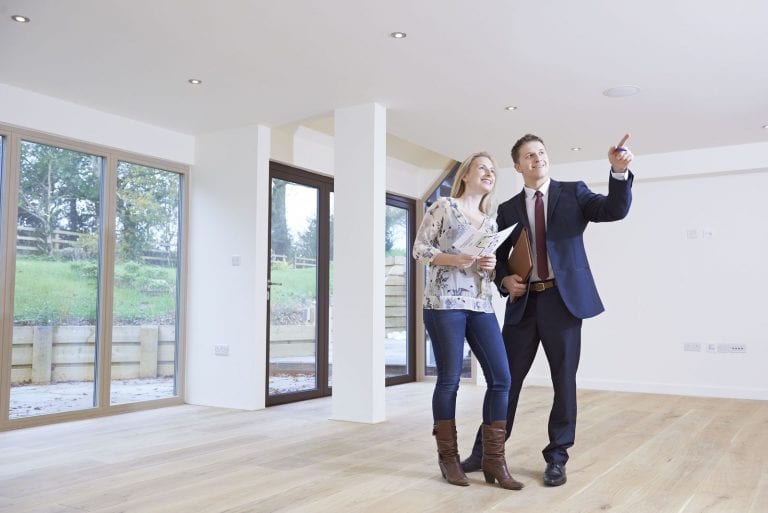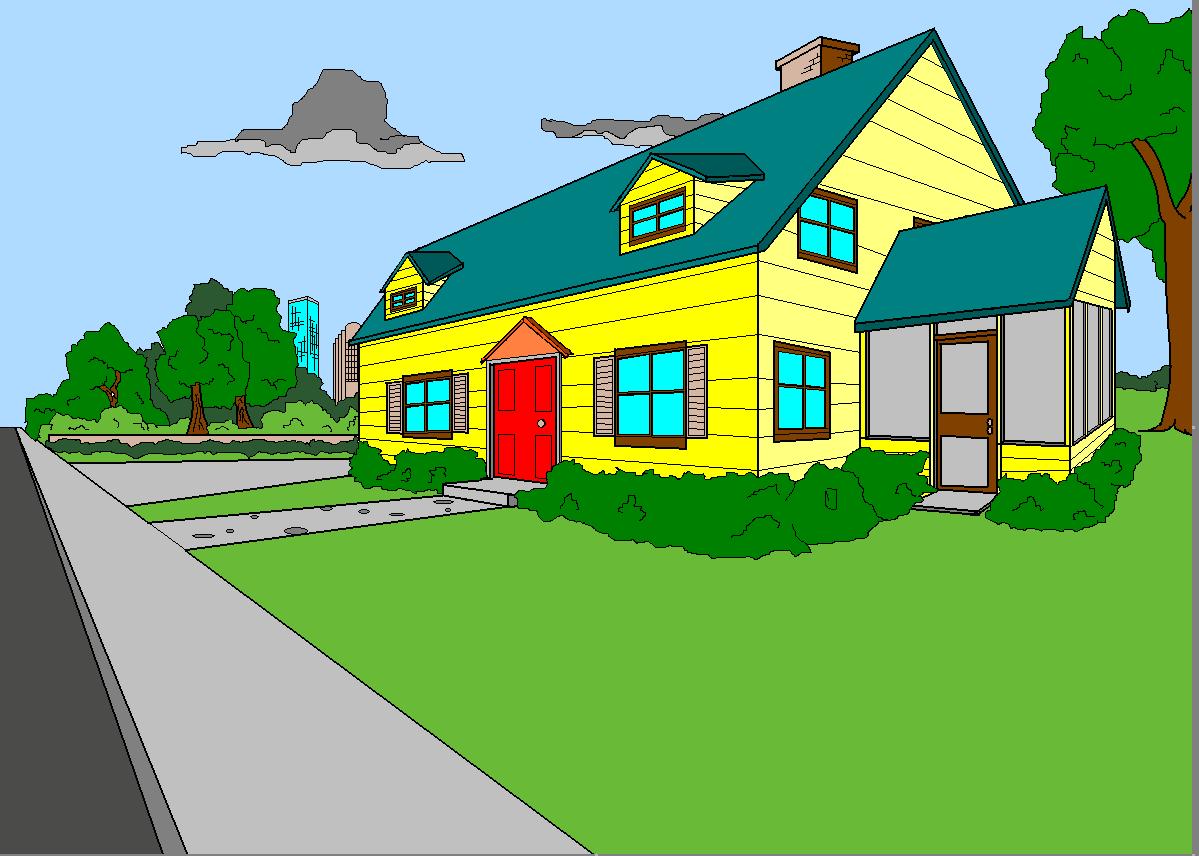Table Of Content

Of the three types of fabricated building structure options, modular homes are the most expensive, with a 2,500-square-foot home costing $200,000 to $365,000. If you’re looking for a smaller deck, this cost could decrease depending on the materials and labor involved in the building process. Let’s take a look at the different steps that make up the home building process and break down how much each step typically costs. Keep in mind these costs can fluctuate with demand for land, materials and labor.
Develop Plans or Designs
The cost of purchasing an empty lot will vary depending on a variety of different factors, including the size of the lot and its location. The average cost purchasing land varies widely depending on state and location, but nationwide you can also expect to spend $1,300 – $5,100 on land preparation before breaking ground on construction. Among the more simple steps, building a smaller house or using mid-market materials instead of luxury finishes will shave off some dollars from the bottom line.
House Exterior Material Costs
The cost to build a house varies state by state and region by region. Availability and cost of building materials, the cost of labor, and climate are a few of the factors that influence the cost of building a house per state. When it comes to financing new home construction, most people don’t have the entire lump sum of cash on hand to pay for the project outright. Instead, the most common financing option is to take out one of a variety of different types of construction loans. To obtain one of these loans, you’re typically required to have a high credit score and enough cash to make a down payment on the project. You may also be eligible to apply for certain federal construction loans.
Is building a home cheaper than buying?
Here are average construction costs around the country, according to HomeGuide. Depending on one's inclination and ability, a homeowner can step in during lulls in construction or post-construction and do some of the work. This saves on the cost of contractor-driven work, with its attendant mark-up fees.
This price does not include the cost of land or a septic system and water and electrical lines for new construction—if you are building in a rural area. The main difference is that you'll be getting a brand new home instead of one that may be 20 to 60 years old. Small houses of around 600 square feet cost $50,000 to $70,000 to build. If a tiny house is too small for your family, you could build something that qualifies as a small house to save money.
How Much Does It Cost to Build a House?
Understanding the challenges and your options can make the process less stressful. Let’s answer some frequently asked questions regarding how much it costs to build a house. Now it’s time to install all the major systems that make your home hum with water, air and electricity. At this stage, plumbing and HVAC systems will be installed, and an electrician will wire your home and get you connected to the power grid. After all the prep work is taken care of, it’s finally time to break ground. A crew will come and begin digging out a space for your home’s foundation.
In terms of the entire home building process, Hartman says the most expensive part is construction. However, this price is generally calculated from the beginning with little risk of changing throughout the building process. This is where most of the hidden costs can lie, as each site extremely different from the next. “It doesn’t have to be all that dissimilar from a traditional home purchase,” Hartman says.
Construction costs spiraling out of control Regional News thesheridanpress.com - The Sheridan Press
Construction costs spiraling out of control Regional News thesheridanpress.com.
Posted: Fri, 23 Jun 2023 17:10:42 GMT [source]
How to Save Money Building a House
Material costs will vary depending on your building material choices regarding long-term durability, eco-friendliness, energy costs, and social costs. Final costs depend on where you live, the total square footage, the number of bedrooms, the number of bathrooms, the type of flooring, cabinets, appliances, etc. While hopeful home buyers can apply for a mortgage loan to finance the purchase of an existing home, home builders don’t typically have that same option. Which foundation you choose will depend on your budget and preferences. Most people won't be interested in buying a house with foundation issues.
Building A House: A Breakdown Of How Much It Costs
Building costs vary, though, depending on the cost of the land, builder's fees, the size of the house, and the house's design and style. He started his career marketing for dozens of flooring providers and related home services across North America. Today, he is a freelance writer and regular contributor to several publications specializing in home topics. Nick’s work includes DIY guides, informational articles and financial content, all of which aim to demystify unfamiliar subjects for homeowners and build their confidence.
For a starter home without many bells and whistles, an average price per square foot could be in the low hundreds, though a more realistic estimate would be somewhere between $200 and $250 per square foot. For mid-market homes, homebuyers should expect to pay between $300 and $400 per square foot, and anything that’s more than $400 per square foot would be considered an upper-market, luxury property. The vast category of interior finishes, about 24-percent or $94,300 of the cost of building a house, lends itself well to DIY work.
It’s also true that the answer can change depending on the economic state of the world. For example, in 2021, the cost to build a new home increased by 15% year or year, Quartz reported. Home costs increased largely due to the cost of raw materials, which had gone up because of dwindling supply thanks to wildfires and beetle infestations as well as pandemic-related supply chain issues. As noted, the price range when it comes to building a new home can be expansive. “It’s extremely variable,” Hartman agrees, explaining that build time, framing, location, and site preparation all play a role in the overall cost for new home construction.
The cost of drywall is calculated per square foot or per panel, so expect to pay more the larger your home. You can hire a landscape architect for $70 to $150 per hour to transform the construction zone around your new home into an outdoor space with real curb appeal. This can include sod grass or landscaping stones, trees, gardens and other features. Most people spend around $8,200 on the cost of landscaping a totally new property or revamping an existing one. Exterior siding provides an attractive and durable way to weatherproof a home’s walls. The total cost to install siding on a newly built home ranges from about $2 to $9 per square foot.
Expect purchase and installation for these to cost $3,000 to $15,000 total depending on the features you want for each machine. Alternatively, you can purchase a stock blueprint online for as little as $500. Your house may not feel unique, and customizing stock plans to suit your needs can be difficult and will increase your overall costs. If you purchase an unfinished lot, it will need to be connected to sewers and water lines, as well as the electrical grid, cable lines and other utilities.

A log cabin shell—the exterior—will cost $2,800 to $7,075 per 100 square feet. If you’d rather live a sustainable life off-grid, you can build a solid stone shell with stones and mortar for about $10 per square foot. The average cost to pour a concrete foundation is $26,800 for a 2,776-square-foot house, including excavation, foundation, concrete, retaining walls, and backfill. The cost of materials and labor to build a house will average 75% of your home's final price. According to the National Association of Home Builders, a general contractor's expenses are $85 per square foot for new home construction. Add overhead, profit, and finishing, and the average cost per square foot to build a house is $100 to $155 depending on the region.













